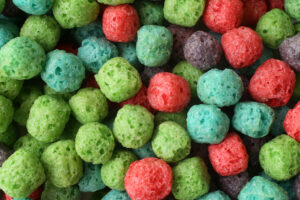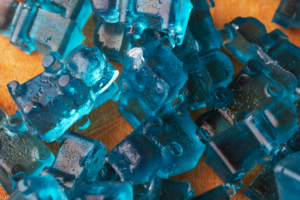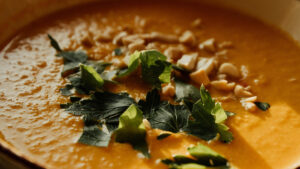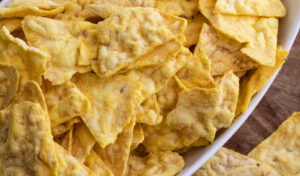Over the past several years, the popularity of gluten free and vegan snacks has skyrocketed. According to Innova Market Insights, ‘gluten free’ has been the second most used health related positioning claim in snack launches between 2019- 2022, closely behind No additives/ No preservatives. Using natural colors for gluten free snacks is the perfect way to meet the claims consumers are looking for while still differentiating your snacks in the market. We’ll take you through how to do this below!
Coloring the Base
While gluten free and vegan snacks can include more traditional base grains and starches, such as corn and potato, many food companies are getting creative by using various pulses and proteins that typically aren’t found in the snack aisle. These include options like chickpea, soy, and pea protein bases.
While being great options for contributing new and different flavors and textures, they can also add yellow, brown, or other undertones to an uncolored base, which will need to be considered if you plan to color the dough of a baked or extruded snack, for example.
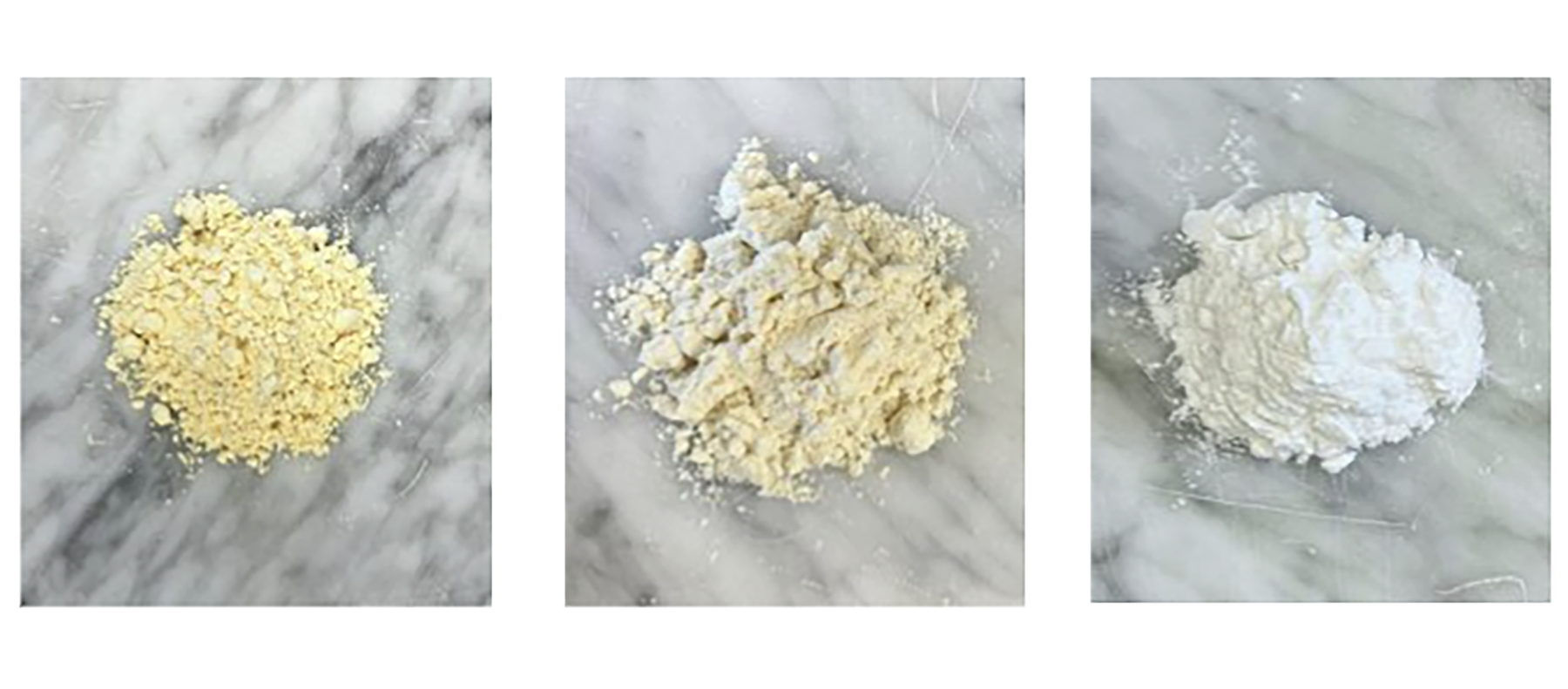
Adding colors like annatto, paprika, or turmeric into a more white-colored potato starch base versus into a tan-colored chickpea base will create two very different looking snacks in the end. You can see in the image below, when paprika is added to different extruded base materials, the color appears different due to the undertones. Adjusting the dosage rate or the color used – either by blending or switching to one that may have a higher strength – are options to help achieve vibrant shades despite the base color.

For vegan snacks, eliminating ingredients like butter or eggs can also require the use of natural colors to add back a richness to the color, such as beta-carotene to give the golden tone of an egg yolk one can find in some baked snacks.
Coloring the Coatings
If the base color is impacting the final shade you want, another way to enhance or add color to your snack is through the seasoning or slurry mix that is applied to the outside of the finished snack. This allows you to combine the colors and the seasoning coating to build the color combination you want. Since it is applied to the outside rather than being incorporated with the alternative flour, the undertones have less of an impact on the vibrancy of the natural colors.
If your flavor is already incorporated into the dough, the other option for external application is to only use the colors in the coating to show your snack’s flavor, such as an orange-colored cheese powder made with annatto extract. You can see in the image below, seasonings applied to a regular white potato chip and a yellow-toned corn chip still appear vibrant despite the difference in the base color.
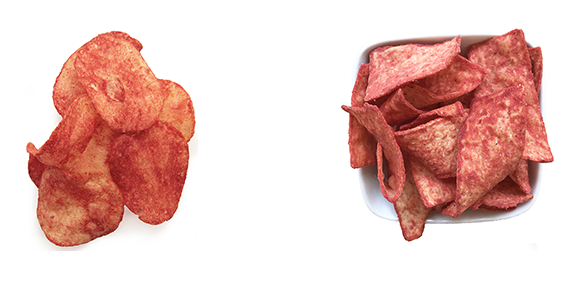
No matter what snack base and coating combination your team is creating, we can help you find the best natural colors for gluten free snacks. Get started by requesting a natural colors sample kit for snacks or contact us with your snack questions.

